Additional notes (click to expand)
Horticulture
Vigorous, rhizomatous, beardless iris with tough, grass-like, evergreen leaves, to 60cm (24in) long. Flowers are large, fragrant, 5-8cm (2-3in) across, pale lavender to deep violet with contrasting veins, and a central band of yellow on the falls, and with perianth tubes 6-20cm long. They are borne singly on very short stems arising from a branching rhizome in late winter and early spring, occasionally in late autumn. 30cm high.
Brickell, C. (2003). A-Z Encyclopedia of Garden Plants. Dorling Kindersley. p.580
Young plants, especially if grown from divisions, do need watering in their first summer. After that they are best ignored. Although divisions can be done in spring, the best time is autumn.
Brickell, C. (2003). A-Z Encyclopedia of Garden Plants. Dorling Kindersley. p.580
This plant seems to thrive on neglect and really awful soil. Its natural habitat is lightly shaded rocky habitats. In British gardens it needs full sun and a dry, stony alkaline soil. Not surprisingly, rubble-filled soil at the base of south-facing walls is usually where it does best.
Medicinal
Prescription only medicine: kaempferol
This plant has scientifically based potential. The rhizomes contain the chemical kaempferol which inhibits the enzyme alpha-glucosidase in the gut, reducing the rate of glucose absorption. This could be used to prevent the dangerous peaks of blood sugar that occur in diabetics and reduce eye and kidney complications.
Oakeley, Dr. H.F. (2013). A tour of the Medicinal Garden of the Royal College of Physicians. p.15
Nomenclature
I’ris- named for the Greek goddess of the rainbow.
Stearn, W.T. (1996). Dictionary of Plant Names for Gardeners. Cassell. p.176
unguicular’is- furnished with a claw, i.e. contracted into a long narrow base.
Stearn, W.T. (1996). Dictionary of Plant Names for Gardeners. Cassell. p.303
A synonym is Iris stylosa. It has been known as the Algerian Iris, although it is found in Greece and its islands, as well as North Africa.
Stearn, W.T. (1996). Dictionary of Plant Names for Gardeners. Cassell. p.176
Toxicity
The unprocessed rhizome contains iridin, a toxic glycoside, which causes 'nausea, vomiting, diarrhoea and skin irritation'.
Toxic internal effects. Can cause skin sensitization.
Professor Anthony Dayan, 2022
Geographical distribution
- Africa, Northern Africa, Tunisia
- Europe, Southeastern Europe, Greece
- Europe, Southeastern Europe, Turkey-in-Europe
Iris unguicularis Poir.
Family: IRIDACEAEGenus: Iris
Species: unguicularis Poir.
Common names: Algerian Iris; Winter Iris; Algerian Winter Iris
Distribution summary: N. Africa, Eurasia
Habit: Perennial
Hardiness: H5 - Hardy; cold winter
Habitat: Rocky slopes
Garden status: Currently grown
Garden location: Plants of the World (B)
Flowering months: January, February, November, December
Reason for growing: Medicinal, toxic, prescription only medicine
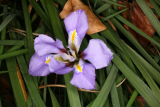
.JPG)
.JPG)
.JPG)
.JPG)
.JPG)
.JPG)
.JPG)

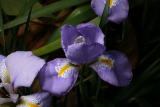
.JPG)
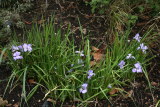
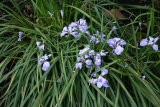
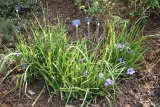
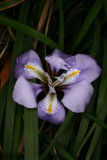
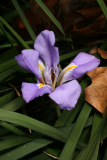
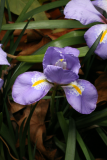
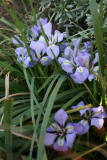
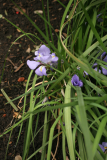
.JPG)
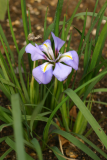
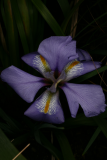
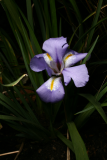
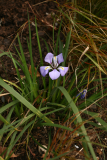
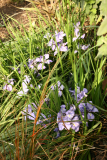
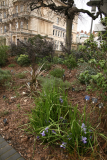
.JPG)